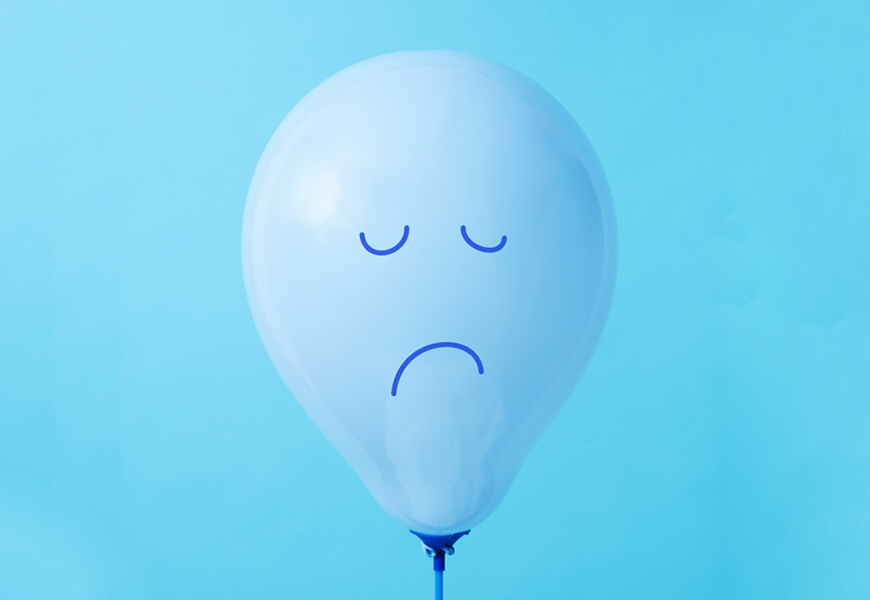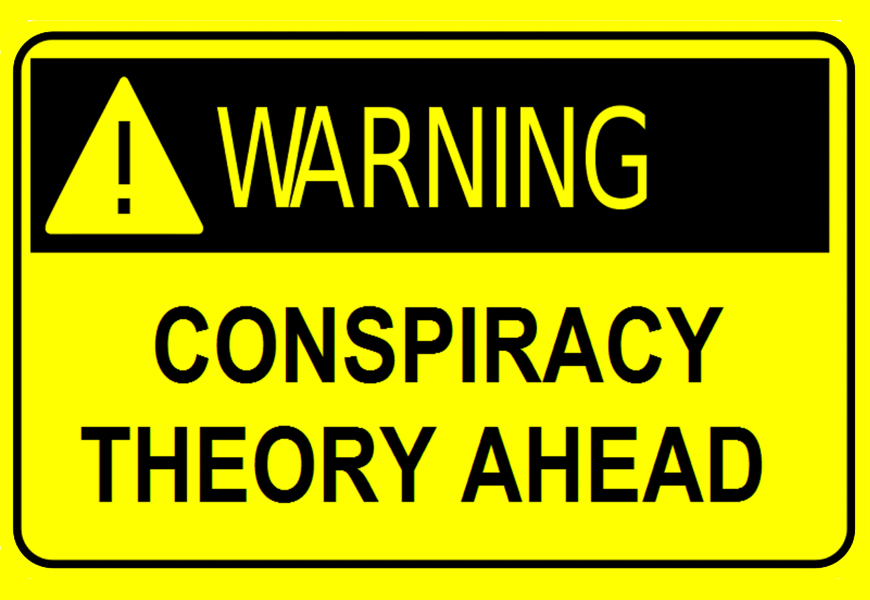Blue Monday – dubbed “the most depressing day of the year” – is on its way…
Every year, on the third Monday of January, the term “Blue Monday” starts to circulate in conversations, news articles, and social media. It’s often described as the “most depressing day of the year,” but what exactly is Blue Monday, and is there any scientific basis behind this concept? Here’s a look at the history and the harm of Blue Monday and its reputation as a day of gloom.
The Origin of Blue Monday
New Order may have famously sung about it back in the early 80s, but Blue Monday only became an annual ‘thing’ in 2005, when it was first introduced back in 2005 by a British life coach and happiness consultant named Dr. Cliff Arnall. He claimed to have devised a formula that took into account various factors contributing to January’s supposed increased sense of melancholy. These factors included weather, debt level, time since Christmas, time since failing New Year’s resolutions, low motivation levels, and the feeling of a need to take action.
Arnall’s formula: [W+(D-d)]xTQ/MxNA
– W: Weather
– D: Debt
– d: Monthly salary
– T: Time since Christmas
– Q: Time since failing New Year’s resolutions
– M: Low motivational levels
– NA: The need to take action
While Arnall’s formula seemed intriguing, it wasn’t without its critics. Many psychologists and experts argued that it oversimplified the complexities of human emotions and mental health. Additionally, some believed that the concept of Blue Monday was merely a marketing ploy to sell vacations, products, or self-help services during a traditionally slow economic period.
The Scientific Validity of Blue Monday
The idea that there is a specific day in January that is universally more depressing than any other day of the year has been largely debunked by the scientific community. While it’s true that the winter months can bring about Seasonal Affective Disorder (SAD) for some people, attributing the feelings of sadness to a single day is overly simplistic.
Human emotions and mental well-being are influenced by a multitude of factors, including genetics, life circumstances, social support, and individual coping mechanisms. These factors cannot be boiled down to a single formula that predicts a universally “blue” day for everyone.
Furthermore, the original formula itself has faced criticism from experts who argued that it was mathematically flawed and lacked empirical evidence. In response to the backlash, Dr. Arnall himself later admitted that the formula had no scientific basis and was created as part of a marketing campaign.
The Harm of Blue Monday
Despite its lack of scientific validity, Blue Monday has managed to perpetuate the idea that January is a month filled with despair. This can have unintended consequences on individuals who may already struggle with their mental health. Believing in the concept of Blue Monday may reinforce negative emotions and contribute to the self-fulfilling prophecy of feeling down on that specific day.
Additionally, the commercialization of Blue Monday has led to various companies promoting products and services that claim to alleviate the so-called “January blues.” While self-care and mental health awareness are important, it’s crucial to approach these topics with sensitivity and avoid exploiting people’s emotions for profit.
Feeling a big blue these days? It’s important to remember that Blue Monday is a concept that lacks scientific validity and has been widely criticized by mental health professionals and experts. While it’s true that many people may experience a post-holiday slump in January, attributing this to a specific date on the calendar oversimplifies the complexities of human emotions and mental well-being. Instead of focusing on a single “blue” day, it is more meaningful to address the broader issues related to mental health and provide support and resources for those who may be struggling during the winter months.












